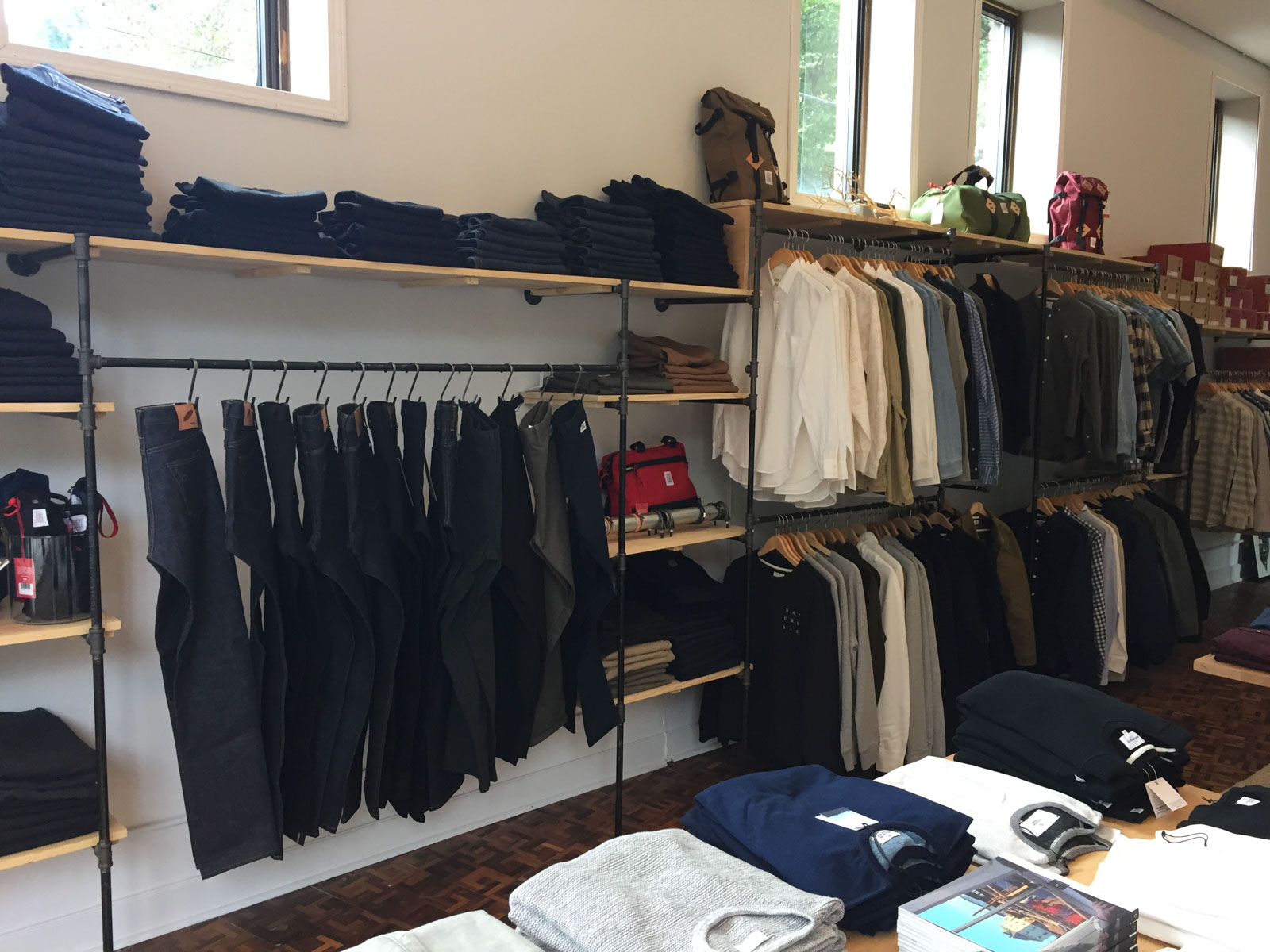Unlock the Tricks of Classic Eastern Put On
Exploring the enigmatic realm of ageless Eastern wear looks into a realm where culture, history, and creativity merge to develop garments that go beyond plain textile and string. The detailed tapestry of practice intertwined with modern components supplies a glance right into a globe where every stitch narrates, every motif an icon of significance. Unveiling the secrets behind these creations introduces a tapestry of heritage waiting to be untangled, welcoming one to trip through the angelic elegance and mystique of Eastern style.
Background of Eastern Fashion
The history of Eastern fashion days back centuries, mirroring the rich cultural heritage and traditions of varied regions across Asia. Each area flaunts its special styles, fabrics, and layouts that have actually been influenced by elements like environment, faith, social condition, and trade routes. eastern wear pakistan. As an example, the detailed silk garments of China represent sophistication and class, while the dynamic saris of India showcase a kaleidoscope of shades and patterns.
In Japan, the bathrobe has been a sign of tradition and refinement for generations, with various designs put on for different celebrations. Likewise, the hanbok in Korea stands for the country's ingrained custom-mades and is still put on during vital ceremonies. The background of Eastern fashion is a tapestry of innovation and practice, mixing old experiment modern-day influences to produce a dynamic and ever-evolving industry. Understanding the beginnings of these renowned garments supplies understanding into the cultural relevance and workmanship that proceed to inspire contemporary designers worldwide.
Importance of Typical Outfit
Standard clothing serves as a cultural symbol, symbolizing the worths, beliefs, and heritage of communities in Eastern societies. eastern wear pakistan. These garments are not merely items of textile yet are symbolic depictions of the rich history and practices gave through generations. In Eastern societies, standard clothes plays a substantial function in ceremonies, celebrations, and life, reflecting the social status, local associations, and also marital condition of people
The significance of traditional attire exceeds looks; it is a means for individuals to get in touch with their roots and share satisfaction in their cultural identity. Each garment, from the intricate sarees of India to the flowing hanboks of Korea, lugs with it a story of craftsmanship, significance, and meaning that is deeply ingrained in the textile of culture.
Additionally, conventional attire offers as a visual language, communicating tales of unity, victory, and resilience. By putting on these garments, people not only recognize their heritage however also add to the preservation and party of their social legacy.
Evolution of Eastern Embroideries
Eastern needleworks have a rich background that spans centuries and have actually constantly evolved to include diverse cultural influences and respond to moving imaginative fads. The evolution of Eastern embroideries can be traced back to old human beings where detailed designs were hand-stitched onto fabrics utilizing standard strategies.

Today, Eastern embroideries continue to develop, blending standard workmanship with modern-day layout perceptiveness to create ageless pieces that celebrate the elegance of cultural diversity and imaginative advancement.
Elegant Fabrics in Eastern Put On
Luxurious fabrics play a critical role in boosting the aesthetic allure and high quality of Eastern wear, improving the general allure and refinement of standard garments. Eastern wear is renowned for its opulent materials that not only mirror the region's abundant cultural heritage yet likewise signify style and grace.
Along with silk, fabrics like chiffon, brocade, and velour are also generally featured in Eastern wear. Velour brings a stately and plush feeling to standard sets, while brocade, with its metallic strings and intricate patterns, adds a touch of majesty. Chiffon, on the other hand, is preferred for its light-weight and airy qualities, making it a prominent selection for flowing silhouettes and fragile decorations. These lavish fabrics not only raise the aesthetic appeal of Eastern wear however additionally ensure a sense of refinement and class that transcends time.
Incorporating Eastern Style Today
In modern style landscapes, the assimilation of Eastern influences provides a harmonious blend of social heritage and contemporary aesthetic appeals. Designers and style fanatics alike are welcoming the abundant tapestry of Eastern style, incorporating standard aspects right into modern-day shapes and check it out designs. From complex needlework to lively shades and extravagant textiles, Eastern fashion today offers a varied series of choices that deal with a global audience.
One way Eastern style is making its mark in modern wardrobes is through the adjustment of typical garments such as the bathrobe, saree, or qipao right into day-to-day wear. These items, when scheduled for special occasions, are currently reimagined in more informal types, enabling for their consolidation into everyday fashion selections. Furthermore, making use of traditional patterns and find out themes in Western-style garments adds a touch of unique sophistication to modern clothing.

Conclusion
Finally, checking out the rich background, relevance, and advancement of Eastern style reveals a deep-rooted link to heritage and values. The luxurious textiles and complex embroideries of Eastern put on showcase the flexibility and timelessness of traditional layouts. Integrating Eastern influences in modern fashion enables a combination of tradition and innovation, developing a harmonious equilibrium between the past and the existing.
Luxurious fabrics play a crucial duty in raising the aesthetic allure and quality of Eastern wear, improving the overall appeal and sophistication of standard garments. Designers and fashion fanatics alike are welcoming the abundant tapestry of Eastern fashion, integrating traditional aspects right into modern silhouettes and designs. From intricate embroidery to extravagant fabrics and vivid colors, Eastern style today supplies a diverse variety of alternatives that provide to a global target market.
One way Eastern style is making its mark in contemporary published here closets is through the adaptation of traditional garments such as the robe, saree, or qipao into day-to-day wear. The elegant fabrics and elaborate embroideries of Eastern wear display the adaptability and eternity of traditional styles.